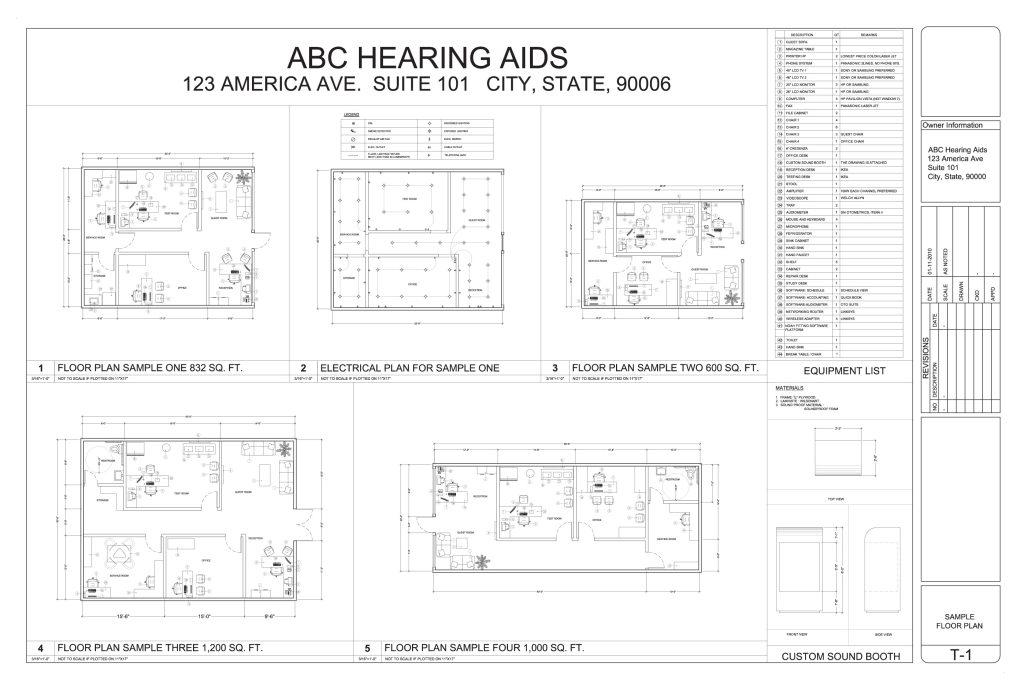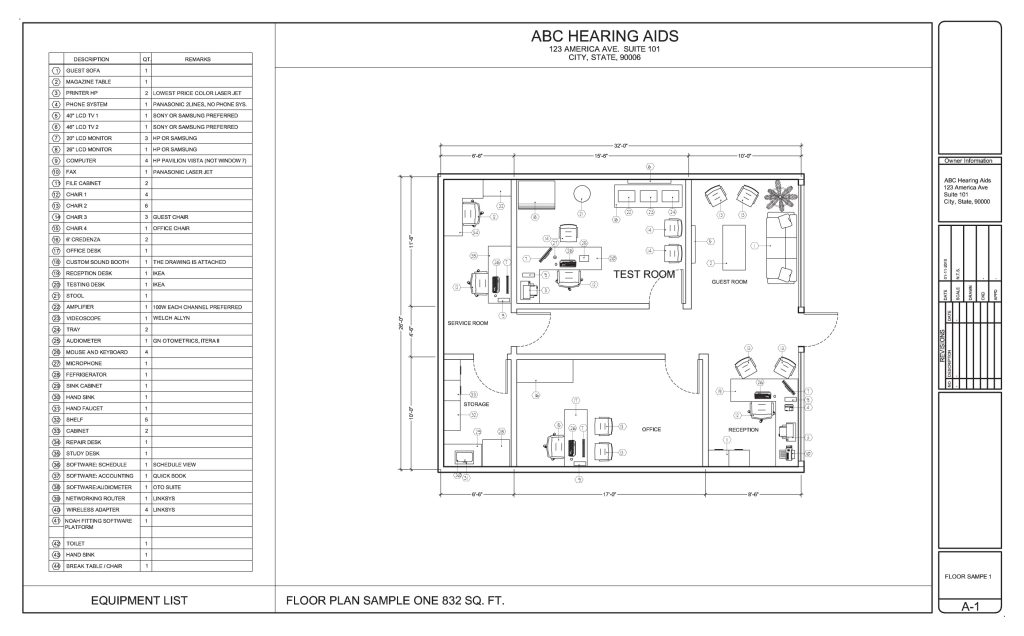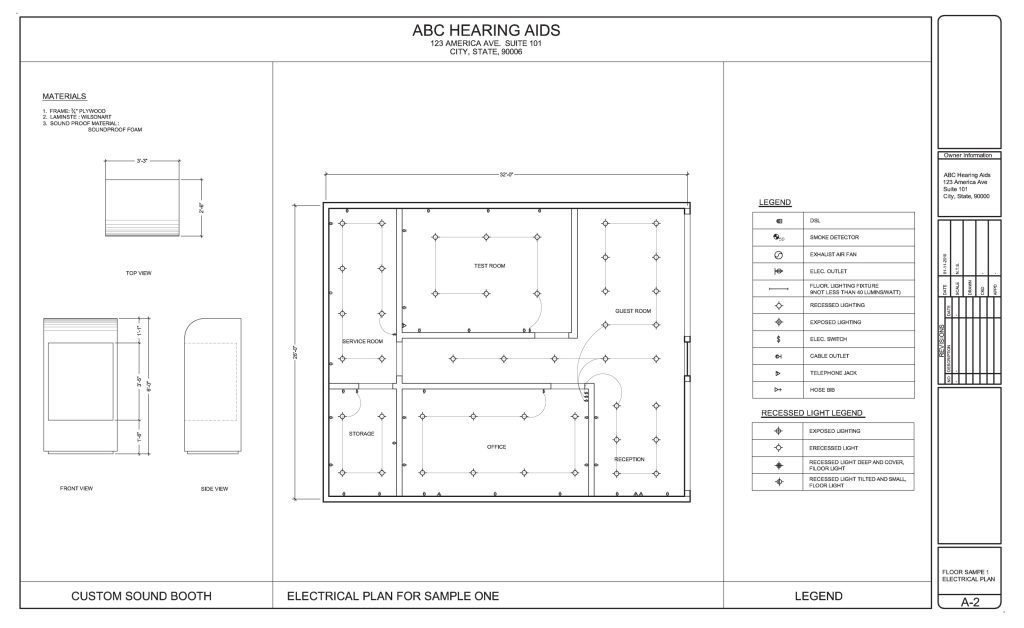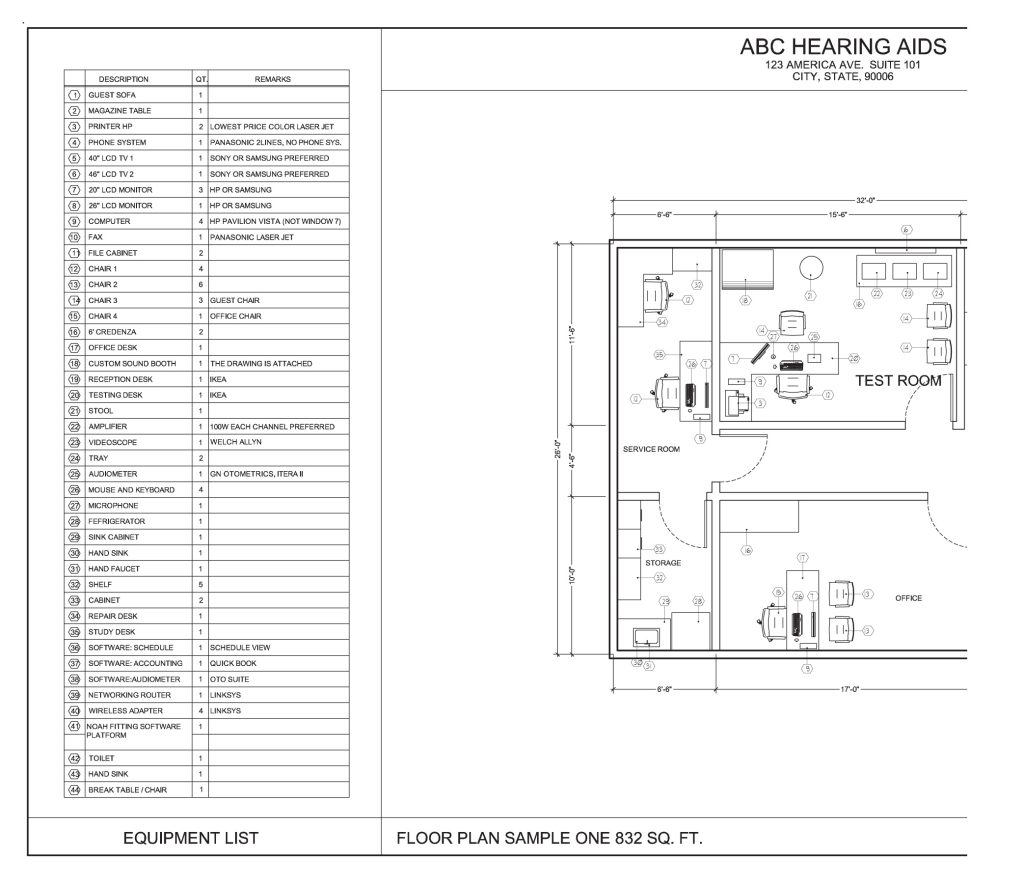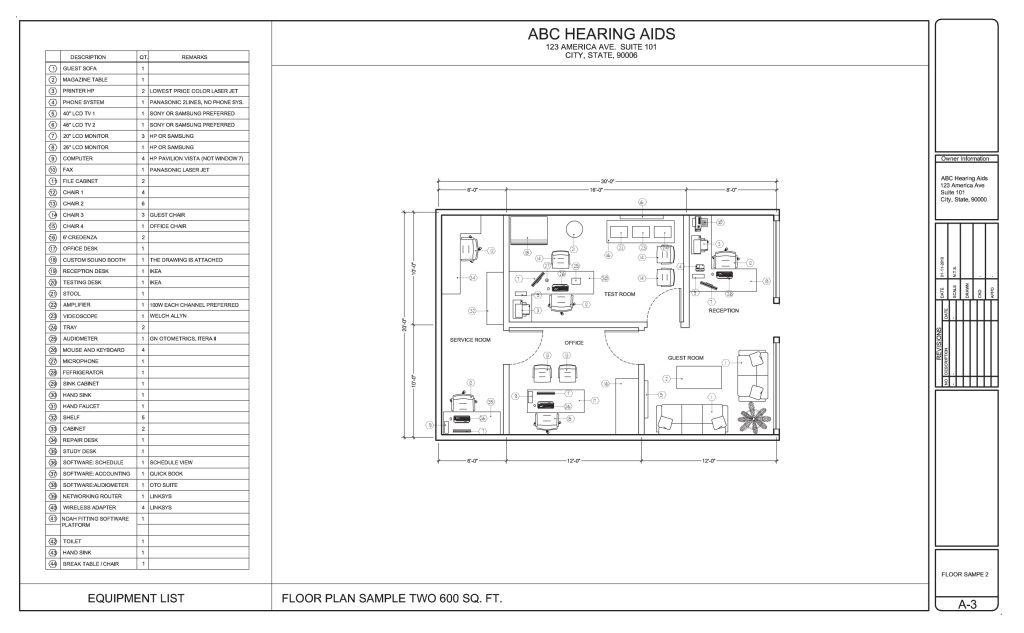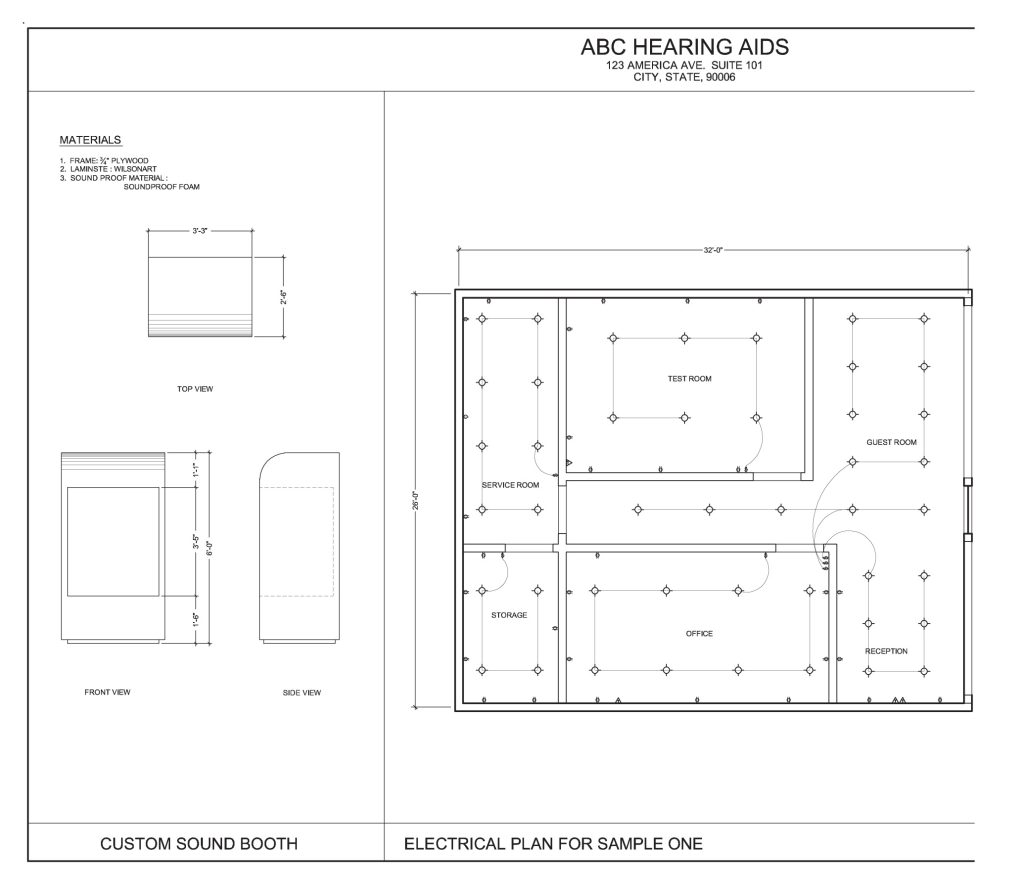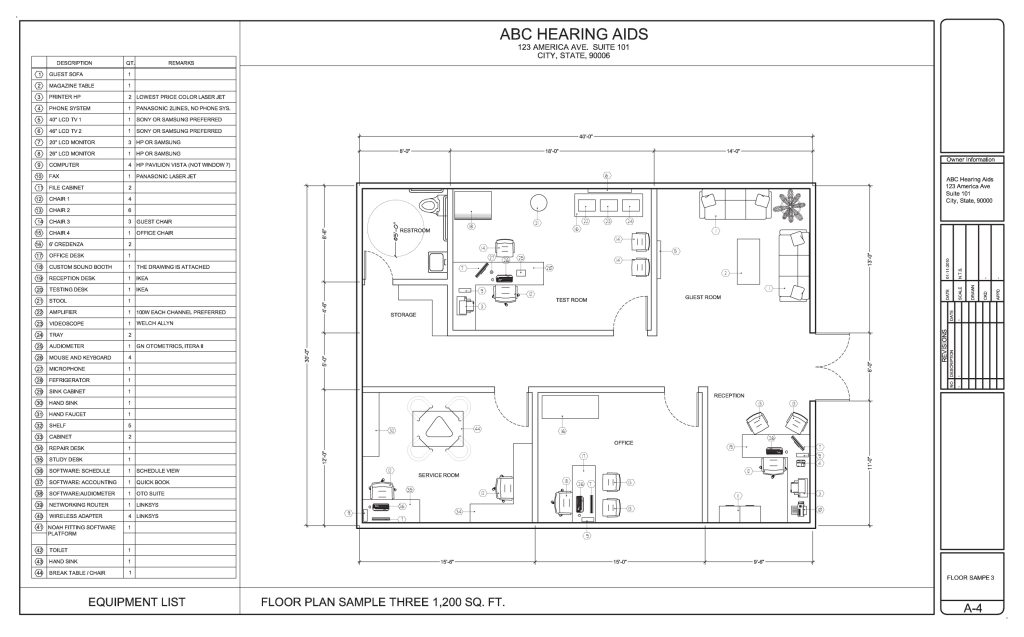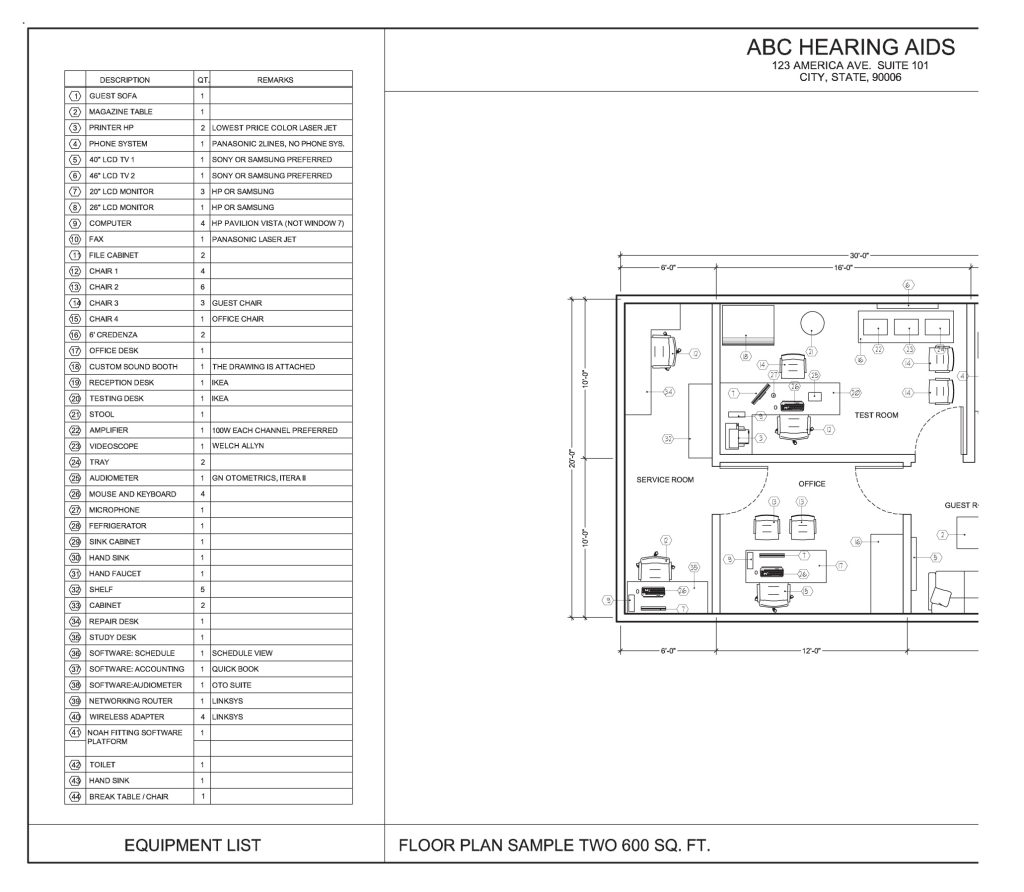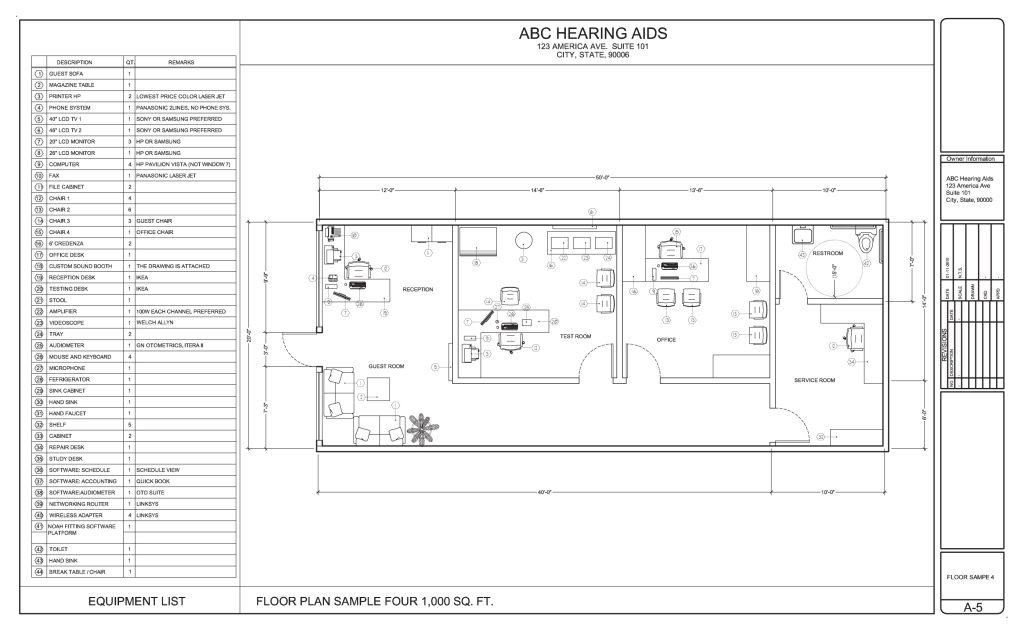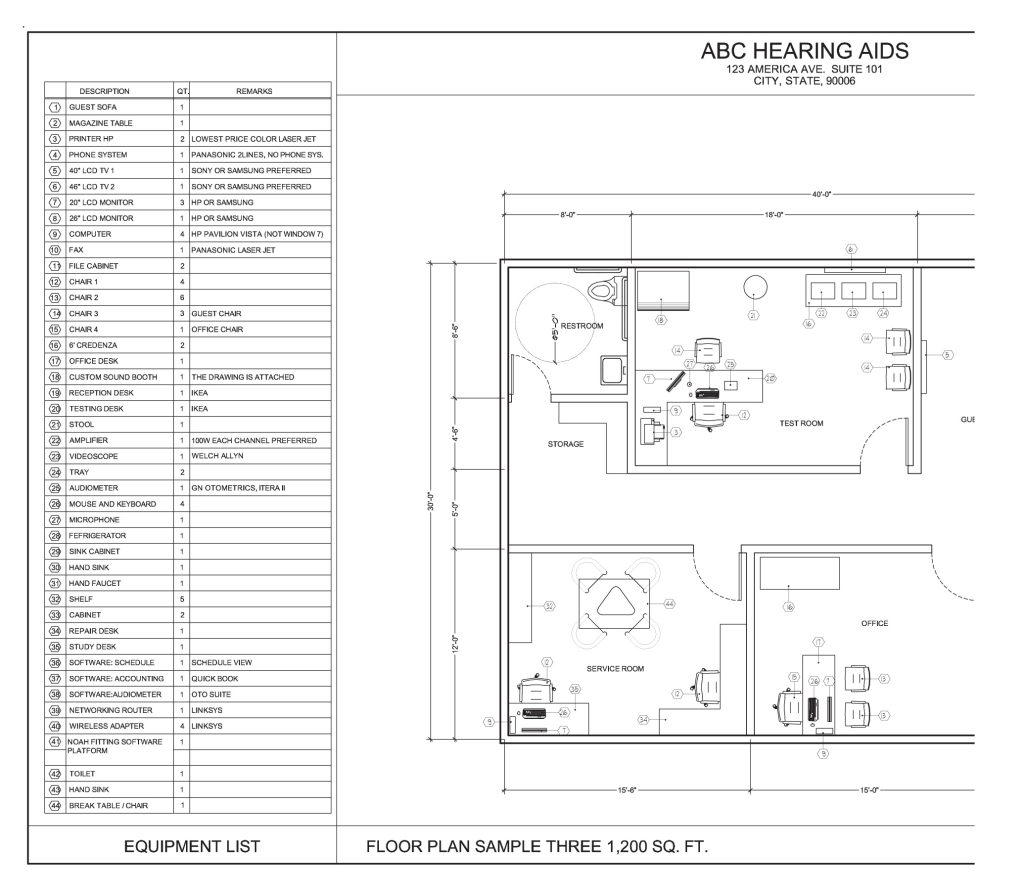Hearing Aid Dispensing Business
The Hearing Aid Dispensing Business: A Unique and Growing Opportunity

The hearing aid dispensing industry is one of the fastest-growing sectors in the healthcare field in the United States. As the baby boomer generation transitions into their senior years, the aging population continues to grow at an unprecedented rate. At the same time, advances in medical technology are increasing life expectancy, leading to a higher prevalence of age-related conditions—including hearing loss.
Hearing loss is now affecting millions more Americans each year. This fundamental demographic and technological shift is driving the expansion of the hearing aid industry. However, there’s a major challenge: a shortage of qualified hearing aid dispensing professionals.
Currently, there are approximately 12,000 licensed dispensers, including audiologists, serving an estimated 34 million Americans with hearing loss. That equates to one professional for every 2,500 individuals—a staggering mismatch between supply and demand.
This gap is further complicated by strict state licensing restrictions, limited public knowledge about the profession, and a lack of educational resources. In fact, more professionals are retiring than entering the field. Unless there’s a significant shift in how dispensing services are licensed and delivered, the industry will struggle to meet demand.
A Hearing AId Dispensing Business at the Crossroads of Medicine and Technology
Despite these challenges, the hearing aid dispensing business presents a unique and compelling opportunity. It combines cutting-edge technology with personalized medical service. Today’s hearing aids are among the most sophisticated and expensive electronic devices on the market—often costing more than smartphones or computers.
This is a technology-intensive industry, but it’s also deeply personal. Success comes from balancing technical expertise with ethical, compassionate care. For those who are prepared, this profession offers both meaningful work and strong financial potential.
The Market Is Waiting
We don’t just need more dispensers—we need many more. The U.S. market of over 30 million individuals with hearing loss continues to grow. Yet millions remain untouched by current service providers—many have suffered in silence for years. These are the people waiting for skilled professionals who can reach them with solutions and support.
Every business reflects the personality and vision of its owner. While no two dispensers will run their business the same way, success always begins with a solid foundation. In the following section, we’ll walk you through how to start and run your own hearing aid dispensing business in the real world.
Getting Started: Practical Steps to Launch Your Business
- Create a Business Plan
Your business plan should reflect your experience, goals, and financial situation. Whether you’re starting small or aiming big, planning is essential. A clear business plan helps you:
- Identify potential challenges and opportunities
- Define your services and structure
- Visualize your growth path
We’ve included a sample business plan for reference—but remember, every plan should be tailored to your unique needs and circumstances.
- Invest in Marketing
Marketing is the lifeblood of your business. If you neglect marketing, it’s like entering a battle without a weapon. You must be willing to invest at least 20% of your total budget into marketing if you want to succeed.
Your strategy can include:
- Local advertising
- Online presence (Google, social media)
- Physician referrals
- Community outreach
Basic marketing strategies are included in the sample plan to help you get started.
- Consider Starting Your Own Office
While it may seem tempting to buy an existing hearing aid business, there are some drawbacks:
- High costs: Established practices with steady income often sell for $250,000–$300,000 or more.
- Client retention risks: Long-time clients may feel loyal to the previous owner and leave once ownership changes.
- Limited flexibility: It’s harder to customize the layout, systems, and service style to suit your vision.
On the other hand, starting your own practice allows you to build genuine relationships from day one. You may not inherit a client list, but you’ll develop trust and loyalty organically.
To help you launch affordably, we’ve included sample office layouts for different practice sizes. You can create a fully functional hearing aid office for under $30,000, especially with financing options some manufacturers offer.
Final Thoughts
The hearing aid dispensing business is more than just a medical or technical career—it’s a chance to make a lasting impact in people’s lives while building a stable, rewarding business. If you’re ready to commit, follow the guidance outlined here and move forward with confidence.
You can do it. The opportunity is real, and the time is now.
How Do You Start Your Own Business
You will find valuable information and procedures for starting a new business from many different sources. We do not wish to reiterate commonly available content here. While a wealth of information can be found online or at local libraries, in this book, we aim to provide truly practical insights based on real-life experiences to help you start your own business.
Opening and owning a business is not a simple task. It is a multi-faceted and complex process that involves navigating unfamiliar areas such as planning, financing, legal structure, renovation, marketing, and employment.
Here, I will explain the basic elements of business based on my personal experience. This information should be used as a reference, not as an absolute guideline for your business.
Marketing Principles
In marketing, there are traditionally four core elements, known as the 4 Ps: Place, Product, Price, and Promotion. These are key to building a successful business. I would like to add one more: Person—making it the 5 Ps of marketing in this context.
- Place
Location is a physical space where your business operates. Important factors include visibility, convenience, and accessibility. Since many clients are older and may have mobility challenges, accessibility is particularly important. Consider factors such as proximity to parking, elevators, escalators, and ease of entry. A first-floor space in a retail or medical building is ideal.
The size of your office is less important than its functionality. A space between 600 to 1,200 square feet is generally sufficient for equipment, furniture, and a small rest area. Rental rates vary by city and neighborhood, but ideally, your rent should be less than 10% of your projected monthly gross sales. For example, if your projected monthly sales are $30,000, your rent—including common area charges—should not exceed $3,000.
Many new business owners focus too heavily on minimizing expenses—especially rent—while expecting high sales. This often doesn’t work. Personally, I would choose an 800-square-foot office with a monthly rent ranging from $1,200 to $2,400, depending on the location. If a location offers better accessibility, I would be willing to pay the higher rate.
Rent is not the real burden—marketing is. A low-rent space with poor accessibility may end up costing more in the long run due to higher marketing needs. High overhead isn’t inherently bad if it’s well-utilized. Ask yourself: Would you rather eat a big breakfast to catch big fish or eat less and settle for smaller ones? That’s the mindset you need before starting a business.
- Product
You should offer reputable brands to ensure customer trust and maintain profitability. High-quality hearing aids from well-known manufacturers can provide good margins if you know how to present their value to clients. Without healthy profit margins, your business may struggle and eventually close. - Price
Avoid competing on price. Don’t aim to be the cheapest provider. If you underprice quality products out of fear, you may repel qualified clients and damage your credibility.
Many start-up owners misunderstand the true cost of goods sold. For instance, if you purchase a hearing aid for $500 from a manufacturer, that’s not your actual cost. Consider your fixed monthly expenses:
- Rent: $2,400
- Secretary’s wage, Part-time: $2,000
- Marketing: $3,000
- Miscellaneous: $1,000
Total: $8,400
If you expect to sell 15 hearing aids per month, your break-even cost per unit is $560 in overhead, bringing your real cost to $1,060 per hearing aid. To achieve a $7,000 monthly profit, you would need to price each hearing aid at $1,526.
If you sell fewer than 15 units per month, don’t panic. A start-up business needs at least six months to stabilize. This is a relationship-based, service-oriented business, not a price-driven one. Focus on value and service.
- Promotion
Marketing is like war—you need ammunition to win. I recommend allocating at least 15% of your projected monthly sales to marketing. For example, if your target revenue is $22,500 (15 hearing aids at $1,500 each), your marketing budget should be at least $3,000 per month.
Effective marketing channels include:
- Local newspapers
- Weekly magazines
- Direct mail campaigns
Avoid radio advertising—it’s largely ineffective for hearing-impaired audiences. I’ve tried it, and the results were negligible. If you’re afraid to invest in marketing, you may not be ready to open a business.
- Person
Of all the Ps, you—the business owner—are the most important. Without the right person behind the business, none of the other elements can succeed. Here’s the kind of person you should strive to be:
- Good-hearted: The hearing aid dispensing business is a mix of high-tech retail and medical service. If you lack compassion, this business is not for you. Many clients have lived in silence and hardship. You must be ready to support them with empathy.
- Kind: Kindness is transformational. A kind attitude can overcome many obstacles. If kindness doesn’t come naturally, work on it—change is hard, but possible, and kindness is essential to success.
- Knowledgeable: You don’t need to be naturally brilliant. Study hard, read consistently, and in a year, you’ll be smarter and more confident. If you already consider yourself knowledgeable, stay humble and continue learning—especially about hearing aid technology.
- Ethical: Honesty builds trust. Be honest with your staff, clients, and manufacturers. Your integrity will attract loyal customers and supportive business partners. Clients can tell when you’re genuine, and many will choose to work with you simply because you’re trustworthy.
- Professional: Dress well, communicate clearly, price fairly, and greet clients with respect. Professionalism shows love and commitment to your work. A professional demeanor builds a welcoming, credible business environment where clients will want to return.
What is the first step you need to do

- The first step you need to take is: JUST DO IT.
The most important key to success in any business is starting it. This may sound simple, but it’s something many people never do. If you never try, you will never know whether your business could have succeeded. So again, the first step is: JUST DO IT.
If you’re consumed by negative thoughts, it’s better not to start your business.
You can do all the research you want—online or at the library—but the best way to understand the nature and trends of a business is to talk to someone who has been in the industry for a long time. You can call several hearing aid dispensing offices and ask questions. Some may decline to speak with you, fearing you might become a competitor—but others might be willing to help. You won’t know unless you ask.
You can also visit Costco hearing aid departments and ask questions. Most of the time, their staff are kind enough to share valuable information. Don’t be afraid to ask—asking is the best way to discover the real shape of the dispensing business.
- Once you’ve gathered useful information and had your questions answered, the next step is to find a suitable location and submit a lease offer to the landlord.
At this stage, be sure to write a detailed offer that includes all possible terms and conditions. (A sample lease offer is attached for your reference.) - Renovate the space.
You can do this part yourself. - Install all necessary equipment.
This is also something you can handle on your own. - Hire one employee.
Consider hiring a part-time employee who is skilled at handling phone calls. As your business grows, you can bring on more staff. Take your time to interview candidates and find someone who has a pleasant voice and can answer calls with kindness and honesty. This is very important. - Start your marketing.
You can manage the marketing efforts yourself. - Hold a Grand Opening.
Hearing Aid Office Plan Samples
